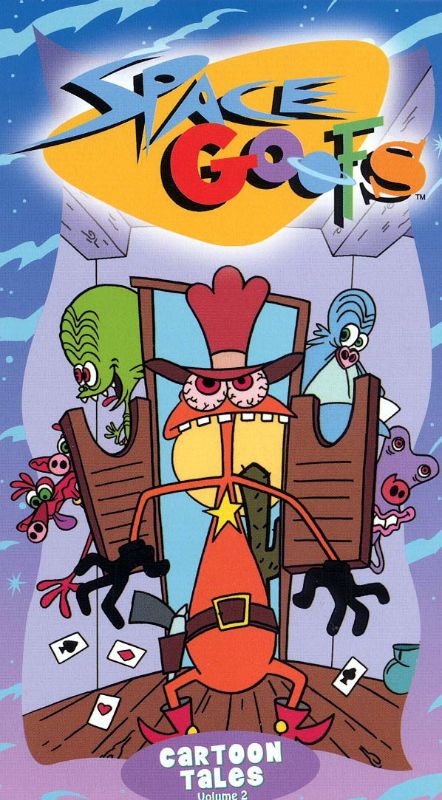

The profile shows with different colors how much ozone (or other greenhouse gas) is in the atmosphere at different altitudes. The TES mission is particularly interested in ozone and how it is distributed up and down throughout the atmosphere.Īs TES passes over Earth's surface, it gathers data that can be made into a profile of the atmosphere, like this one.

A spectrometer uses light to identify the chemical composition of matter. It's down here where we live-and pollute, unfortunately. The troposphere is the lowest part of the atmosphere. One instrument is called TES, which is short for Tropospheric Emission Spectrometer. They all study the atmosphere from about 20 miles high down to Earth's surface. NASA launched the Aura satellite in 2004 as part of its Earth Observing System. Learning about Earth is part of NASA's mission. We must understand Earth in order to take good care of it. So, now that you know all your greenhouse gases, you might be wondering. Now, take the big piece of construction paper and your crayons or felt pen and label it something like this: You will need only one-half a toothpick to make each "bond." The bonds are how the atoms are stuck together to make molecules.īuild each of the greenhouse gas molecules, as shown above.

Here are all the greenhouse gas molecules, their formulas, and a picture of its gumdrop model. For example, ozone is also called O 3, where O stands for an oxygen atom and the little 3 means there are three of them. Each molecule has a shorthand name, which also gives its recipe, or formula. Gummy Greenhouse Gas models of these gases.


 0 kommentar(er)
0 kommentar(er)
